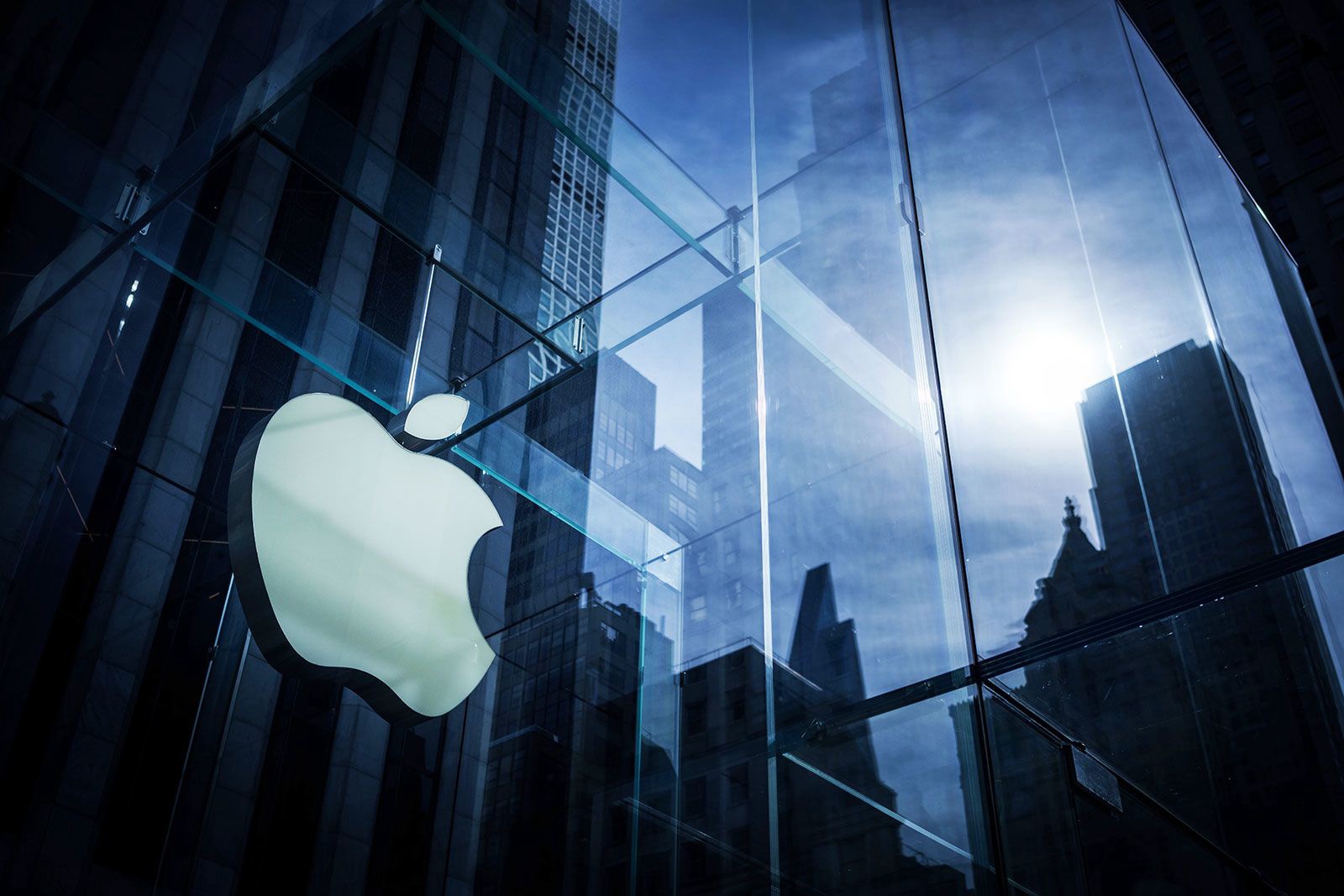Apple’s iPad lineup continues to evolve, and all signs point to the next-generation iPad Air arriving in early 2026. While Apple has not officially confirmed details, industry expectations, supply-chain chatter, and Apple’s predictable release cycles suggest a spring launch—likely around March or April. The upcoming iPad Air appears poised to deliver meaningful performance boosts and modernized internals, even as Apple maintains the clean, minimalist design language that defines the Air family.
Among the most anticipated changes is the introduction of the M4 chip, Apple’s next leap in processing technology. The iPad Air has long been the “sweet spot” between affordability and high-end performance, and equipping it with the M4 would push it even closer to the capabilities of the iPad Pro. The M4, expected to feature improved efficiency, neural processing enhancements, and faster graphics, would allow the Air to support more demanding creative tasks, advanced gaming, and smoother multitasking. For users who rely on their tablets for productivity or light professional work, the 2026 model could deliver a noticeably more powerful experience without the premium price tag of the Pro series.
Connectivity upgrades will likely be another major highlight. The next iPad Air is expected to adopt a newer wireless networking chip, bringing support for Wi-Fi 7, which promises faster transfer speeds, reduced latency, and improved performance in crowded environments like apartments or offices. Bluetooth improvements are also expected, enabling more stable connections with headphones, keyboards, and accessories. For cellular versions, Apple may incorporate a new, more efficient modem designed to integrate more tightly with its in-house chipsets, improving battery life and reliability on 5G networks.

While internal changes appear substantial, the exterior of the 2026 iPad Air is expected to remain familiar. Apple has recently aligned its Air and Pro designs with clean lines, flat edges, and edge-to-edge displays, so a visual overhaul seems unlikely. The iPad Air will almost certainly continue to come in two sizes: the 11-inch model and a larger 13-inch version introduced more recently to offer consumers a more affordable large-screen option. Both models are expected to retain a standard LED display, meaning Apple is not yet ready to bring OLED technology to the Air lineup. OLED panels—offering richer color, deeper blacks, and improved contrast—will likely remain exclusive to higher-end iPad Pro models for at least a little longer.
Another design expectation is that the 2026 model will continue using Touch ID embedded in the top button. While Face ID is standard on the iPad Pro, Apple appears content to keep Touch ID on the Air as a cost-saving measure and a practical feature favored by many users. The familiar USB-C port will remain, ensuring compatibility with a wide range of accessories and external storage devices. Camera hardware is not expected to change significantly, with a single rear camera and a landscape-oriented front camera suitable for video calls, remote learning, and content creation.
Battery life has always been a strength of the iPad Air, and the next generation could see improvements thanks to the M4 chip’s greater power efficiency. While the overall battery capacity is unlikely to change, Apple’s tight integration between software, hardware, and silicon allows each new generation to squeeze out better real-world performance. Faster or more efficient charging could also make an appearance, especially as Apple continues improving charging speeds across its devices.
In terms of pricing, Apple is expected to keep the cost of the next iPad Air within the same range as current models. The 11-inch version will likely start close to the usual mid-tier price point, while the 13-inch model will remain the more expensive option. Apple generally avoids dramatic price jumps unless introducing major redesigns or expensive new display technologies, neither of which seems likely for the 2026 Air. As a result, the new model should maintain its position as a balanced, value-conscious choice for students, families, and hybrid workers.
For current iPad Air owners, the question will be whether the next version is worth the upgrade. If you own a recent-generation Air—especially one powered by the M2 or M3 chip—the improvements may feel incremental rather than transformative. However, users with older A-series or early M-series models will likely notice substantial gains in speed, responsiveness, and longevity from an M4-powered device. The addition of Wi-Fi 7 alone could be an appealing reason to upgrade for those who rely on fast wireless performance or who plan to keep their tablet for many years.
The biggest drawback for some users may be the continued absence of an OLED display or ProMotion refresh rate. Many hoped this generation would bring these premium screen features to the Air lineup, but Apple appears intent on maintaining a clear distinction between the Air and Pro lines. Users who prioritize cutting-edge display technology for tasks like professional photo editing, HDR media consumption, or high-refresh-rate gaming will still need to consider the iPad Pro.

Looking ahead, the next-gen iPad Air is shaping up to be a solid, well-rounded upgrade that enhances performance and connectivity without pushing prices higher or reinventing the device. It reflects Apple’s strategy of refining the Air into a powerful mid-tier option that appeals to a broad range of users.
If Apple follows its usual schedule, we can expect the new iPad Air to be announced in early 2026, bringing with it meaningful improvements that make an already excellent device even more capable. Whether you’re a student, professional, or casual tablet user, the next-gen iPad Air is likely to continue delivering the blend of performance, portability, and value that has made the Air one of Apple’s most beloved products.












